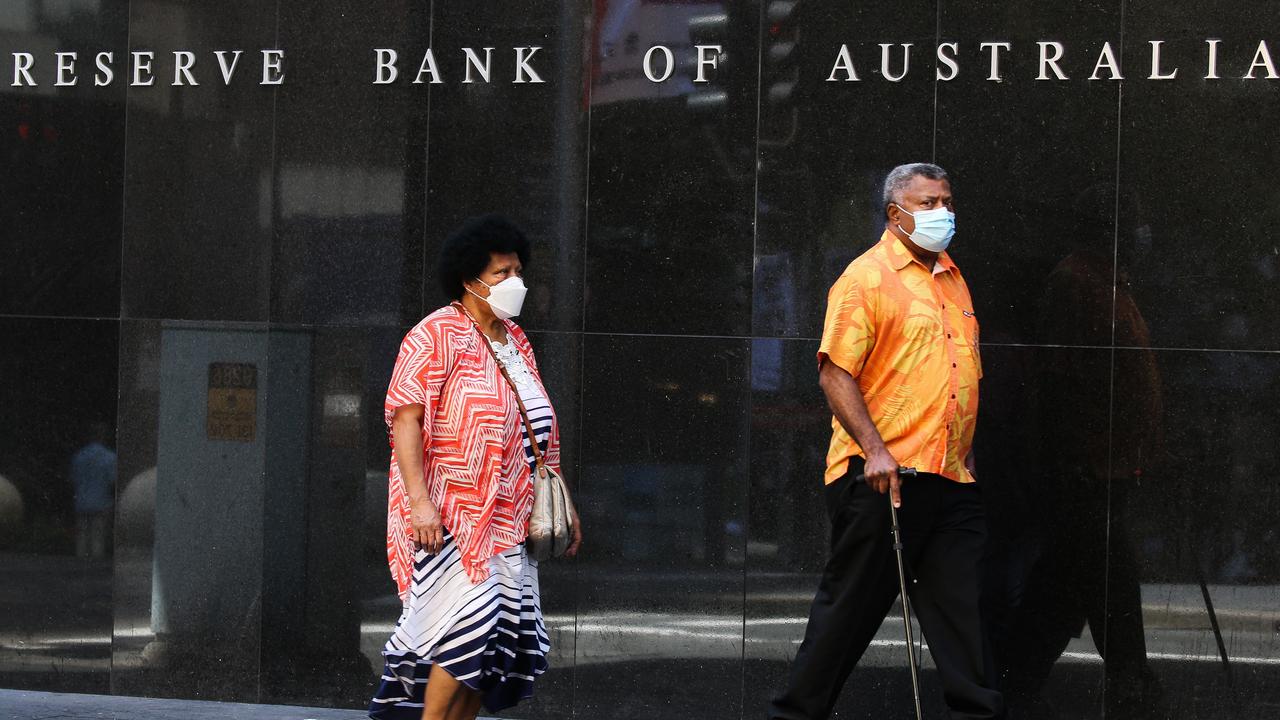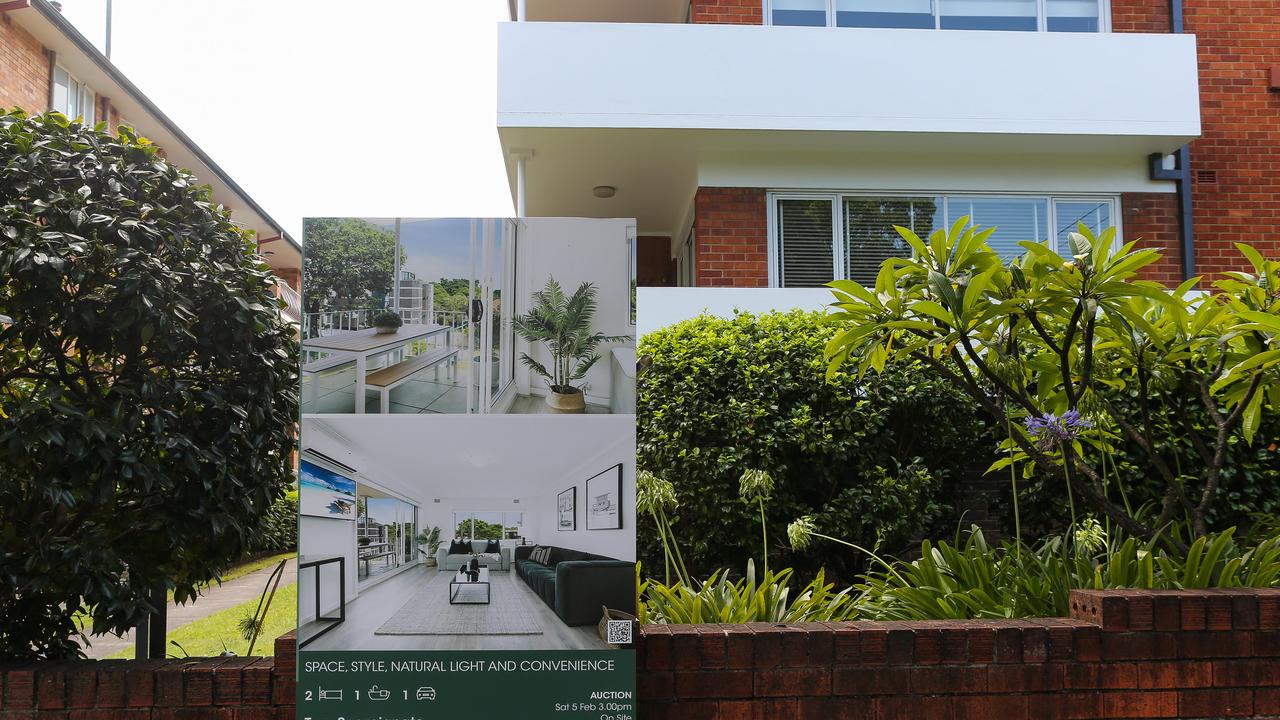One per cent cash rate rise will see $21 billion mortgage spike
There’s a ticking time bomb in the Australian mortgage economy but there could be a solution already sitting in most people’s bank accounts.
When looking at something like monetary policy and the setting of interest rates, it’s easy to become bogged down in the complexity of the process.
The Reserve Bank monitors a long list of various indicators from the headline unemployment rate to the cost pressures facing manufacturers, in their attempts to keep rates an appropriate level.
Yet despite the challenges that setting interest rates represents, the actual mechanism by which interest rates act on inflation and the economy more broadly is actually very simple.
Lowering rates
By lowering interest rates, households and businesses see their interest repayments on their mortgages and other loans become smaller, with a sizeable proportion of these savings spent within the economy, at least in theory.

On the other side of the ledger, households get less interest on their savings accounts and term deposits.
In short, cutting rates is intended to effectively inject additional cash into the economy in aggregate terms through lower debt repayments and an increased appetite for borrowing from households and businesses.
Through this additional spending the intent is for the RBA to hit its inflation target of 2-3 per cent.
Raising rates
On the other hand when inflation is running hotter than the RBA’s target, rates are raised to remove aggregate demand for goods and services from the economy.
This is done in the exact opposite way as cutting interest rates. By raising rates households and businesses need to pay higher interest repayments on their debts, therefore leaving them with less to spend within the real economy, thereby lowering inflationary pressures.
While households do gain somewhat from higher interest rates on their savings accounts and term deposits, on balance significantly more interest is paid on loans by debtors, than banks paying interest to account holders.
Where are rates going?
Currently there is quite a bit debate and disagreement over how high the RBA cash rate will rise over the next few years and where it will finally peak.
Westpac – Chief Economist Bill Evans is one of the most respected readers of monetary policy tea leaves in the country. In his view there will be five rate hikes in 2022, a cash rate at 1.25 per cent by years end and a peak of 2 per cent in mid-2023.
Commonwealth Bank– Of the nation’s big 4 banks, CBA are predicting the lowest peak in the RBA cash rate at just 1.25 per cent in early 2023.
ANZ – ANZ believes that the cash rate will reach 1 per cent by years end and 2 per cent by November 2023. On a long term time horizon, ANZ’s Head of Australian Economics, David Plank, believes that the cash rate will peak at somewhere north of 3 per cent toward the middle of the decade.
NAB – Of the big 4 NAB has pencilled in the smallest rate rises for 2022, seeing the RBA cash rate sitting at 0.75 per cent in December. With it projected to rise further to 1.5 per cent by the end of 2023 and 2.25 per cent by September 2024.
The Market – The RBA cash rate futures market is pricing in the largest rate rises of the five sources covered here today. With a 2 per cent cash rate pencilled in by year end (roughly eight rate rises) and a peak rate of around 3.3 per cent toward the end of 2023.
How is that going to impact the economy?
According to research firm Digital Finance Analytics, currently around 27 per cent of outstanding mortgages have a fixed rate of various durations, with most expiring over the next two years.
For the purposes of today’s snapshot, we will assume that these loans will remain at their fixed rate for the next 12 months.

For each 1 per cent rates rise, household interest repayments are increased by approximately $21 billion per year. Through this mechanism a sizeable proportion of that $21 billion will not be spent within the economy and inflationary pressures will be reduced, at least in theory.
But with households collectively holding $245 billion in additional savings since the pandemic began, this formerly relatively simple calculation that underpins the RBA’s monetary policy effort is now far more complex.
For example, if households were to spend 10 per cent of these savings ($24.5 billion) in the next 12 months, in addition to their normal spending patterns, the effect of the RBA’s rate rises in economy wide terms would be effectively blunted.
A challenging balance
One of the factors that is going to complicate the RBA’s task is that rising interest rates impacts households from different demographics in very different ways. For households with large mortgages relative to their incomes, their budgets will be impacted significantly as they are forced to tighten their belt to make higher interest repayments.
On the other hand there are more well off households who often own their homes outright or have smaller mortgages, this demographic holds the lion’s share of the $245 billion in savings households have amassed since the pandemic began.
In areas with high concentrations of these polar opposite demographics, two very different Australia’s may emerge if rates rise as high as some predictions suggest.
In more affluent and lower mortgage debt areas where rising rates put more money in the pockets of savers, household consumption may be stronger as a result.
In areas with a high concentration of heavily mortgaged households, the collective tightening of belts risks lowering household spending across the board as family’s adapt to higher mortgage repayments for the first time in over a decade.
Tarric Brooker is a freelance journalist and social commentator | @AvidCommentator






